Prexorise-0.5 mg Tablet 10's


MRP ₹98.5
(Inclusive of all Taxes)
₹14.8 Cashback (15%)
Provide Delivery Location
Online payment accepted
 Prescription drug
Prescription drugWhats That
Composition :
Manufacturer/Marketer :
Consume Type :
Return Policy :
About Prexorise-0.5 mg Tablet 10's
Prexorise-0.5 mg Tablet 10's belongs to a group of antiparkinson agents or dopamine agonists used to treat the symptoms of Parkinson’s disease and moderate to severe Willis-Ekbom disease (restless legs syndrome) in adults. Parkinson’s disease is a progressive neurological disorder in which the first signs are problems with movements. Willis-Ekbom disease is a condition which causes the uncontrollable urge to move the legs.
Prexorise-0.5 mg Tablet 10's contains 'Pramipexole' that works by mimicking the action of dopamine (acting in place of dopamine), a natural substance found in the brain needed to control body movement. This triggers the nerve impulses in the brain that control body movements.
In some cases, you may experience certain common side-effects such as sleepiness, nausea, constipation, dizziness, fatigue, hallucinations, dry mouth, muscle spasms, and peripheral oedema (leg swelling due to fluid overload). Most of these side-effects do not require medical attention and will resolve gradually over time. However, you are advised to talk to your doctor if you experience these side-effects persistently.
Do not discontinue Prexorise-0.5 mg Tablet 10's on your own. Consult your doctor if you are pregnant or breastfeeding. Prexorise-0.5 mg Tablet 10's may cause drowsiness and dizziness, do not drive unless you are alert. Prexorise-0.5 mg Tablet 10's should not be used in children below 18 years. Avoid consuming alcohol along with Prexorise-0.5 mg Tablet 10's as it could lead to increased drowsiness and dizziness. Rise slowly from sitting or lying position as Prexorise-0.5 mg Tablet 10's may cause orthostatic hypotension (sudden lowering in blood pressure leading to dizziness on standing).
Uses of Prexorise-0.5 mg Tablet 10's
Directions for Use
Medicinal Benefits
Prexorise-0.5 mg Tablet 10's belongs to a group of antiparkinson agents called dopamine agonists used to treat the symptoms of Parkinson’s disease and moderate to severe Willis-Ekbom disease (restless legs syndrome) in adults. Prexorise-0.5 mg Tablet 10's binds to the dopamine receptor and mimics its action. Dopamine is a naturally-occurring neurotransmitter in the brain. Dopamine is absent or reduced in people with Parkinson’s disease. Prexorise-0.5 mg Tablet 10's works by stimulating the dopamine receptors in the brain. This triggers the nerve impulses in the brain that control body movements. Prexorise-0.5 mg Tablet 10's helps in relieving the symptoms of Parkinson’s disease, such as muscle spasms, tremors, stiffness, and poor muscle control.
Storage
Drug Warnings
Do not take Prexorise-0.5 mg Tablet 10's if you are allergic to any of its contents. Talk to your doctor before taking Prexorise-0.5 mg Tablet 10's if you have kidney problems, hallucinations, dyskinesia (abnormal limb movements), dystonia (inability to keep the neck straight), sleepiness or suddenly falling asleep, psychosis, vision impairment, severe heart or blood vessel disease, or augmentation (symptoms start earlier). Inform your doctor if you experience symptoms such as apathy, anxiety, depression, fatigue, sweating or pain after dose reduction or stopping Prexorise-0.5 mg Tablet 10's. Prexorise-0.5 mg Tablet 10's may cause intense urges such as increased sex drive, gambling, overeating and wasting money. Consult your doctor if you are pregnant or breastfeeding. Prexorise-0.5 mg Tablet 10's may cause drowsiness and dizziness, do not drive unless you are alert. Prexorise-0.5 mg Tablet 10's should not be given to children below 18 years. Avoid consuming alcohol along with Prexorise-0.5 mg Tablet 10's as it could lead to increased drowsiness and dizziness. Rise slowly from sitting or lying position as Prexorise-0.5 mg Tablet 10's causes orthostatic hypotension (sudden lowering in blood pressure leading to dizziness on standing).
Diet & Lifestyle Advise
- Maintain a healthy diet and exercise regularly.
- Include a diet rich in iron, folate and magnesium.
- Regularly attend therapy sessions.
- Perform meditation and yoga.
- Follow a regular sleep pattern.
- Avoid smoking and alcohol consumption.
- Learn about your condition, understand the risk factors and follow the doctor’s treatment plan.
Side Effects of Prexorise-0.5 mg Tablet 10's
- Nausea
- Low blood pressure
- Dizziness
- Constipation
- Fatigue
- Headache
- Dry mouth
- Muscle spasms
Habit Forming
Therapeutic Class
All Substitutes & Brand Comparisons
RX
Out of StockParpex 0.5mg Tablet
Zydus Cadila
₹45.63
(₹4.11 per unit)
58% CHEAPERRX
Out of StockPexiol 0.5 Tablet
Ryon Pharma
₹49
(₹4.41 per unit)
55% CHEAPERRX
Out of StockPramitrem 0.5 mg Tablet 10's
Ucb India Pvt Ltd
₹80
(₹7.2 per unit)
26% CHEAPER
Product Substitutes
Author Details
We provide you with authentic, trustworthy and relevant information
FAQs
Prexorise-0.5 mg Tablet 10's works by acting like dopamine and triggering the nerve impulses in the brain that controls our body movements like restless leg syndrome and Parkinson's.
Do not discontinue Prexorise-0.5 mg Tablet 10's without consulting your doctor as it could lead to recurring symptoms. To treat your condition effectually, continue taking Prexorise-0.5 mg Tablet 10's for as long as prescribed. Do not be reluctant to speak with your doctor if you feel any difficulty while taking Prexorise-0.5 mg Tablet 10's.
Prexorise-0.5 mg Tablet 10's may lower the blood pressure than normal leading to hypotension (low blood pressure), especially during the initial days of treatment. Do not stand up suddenly, rise slowly to avoid a sudden drop in blood pressure. Regularly monitor your blood pressure levels while taking Prexorise-0.5 mg Tablet 10's.
Dry mouth could be a side-effect of Prexorise-0.5 mg Tablet 10's. Limiting caffeine intake, avoiding smoking and mouthwashes containing alcohol, drinking water regularly, and chewing sugar-free gum/candy might help in stimulating saliva and thereby prevents drying of the mouth.
Prexorise-0.5 mg Tablet 10's may cause peripheral oedema (swelling of lower legs and hands due to fluid overload). So, avoid sitting or standing for too long.
Hallucination is a medical condition in which the person may feel, hear or believe things that are not true, see things that are not there, feel unusually suspicious or confused. If you experience hallucinations, please talk to your doctor immediately.
Drug-Drug Interactions Checker List
- AMITRIPTYLINE
- DULOXETINE
- TRAZODONE
- FLUOXETINE
- DIPHENHYDRAMINE
- CETIRIZINE
- GABAPENTIN
- PREGABALIN
- MEMANTINE
- ACETAMINOPHEN
- HYDROCODONE
- TRAMADOL
Special Advise
Patients and their caretakers (midwife/nurse) should be alerted as Prexorise-0.5 mg Tablet 10's may cause intense urges such as increased sex drive, gambling, overeating and wasting money.
Disease/Condition Glossary
Parkinson’s disease: It is a progressive neurological disorder in which the first signs are problems with movements. Dopamine is a naturally-occurring neurotransmitter in the brain which is reduced or absent in people with Parkinson’s disease. Due to this problems arise with smooth and coordinated movements. Symptoms include decreased ability to smell, stooped posture, changes in voice, constipation, small/cramped handwriting, tremor, slow movements, stiffness of arms, legs, and trunk, and problems with balance.
Willis-Ekbom disease (restless leg syndrome): It is a condition which causes the uncontrollable urge to move the legs. The urge to move their legs is more intense when a person is trying to sleep or relax. This interferes with sleep leading to daytime sleepiness and fatigue. Symptoms include an uncontrollable urge to move the legs, tingling, crawling or pulling sensations in the legs.

Have a query?
Alcohol
Unsafe
Avoid consumption of alcohol while taking Prexorise-0.5 mg Tablet 10's as it may cause increased dizziness.
Pregnancy
Caution
Please consult your doctor if you have any concerns regarding this; your doctor will prescribe only if the benefits outweigh the risks.
Breast Feeding
Unsafe
Do not take Prexorise-0.5 mg Tablet 10's if you are breastfeeding. Prexorise-0.5 mg Tablet 10's may reduce the production of breast milk. Also, it can pass into breast milk. If taking Prexorise-0.5 mg Tablet 10's is unavoidable, stop breastfeeding.
Driving
Unsafe
Prexorise-0.5 mg Tablet 10's may cause dizziness, sleepiness and hallucinations. Avoid driving and handling machinery if you experience these symptoms.
Liver
Caution
Dose adjustment may be needed in patients with liver impairment. Please consult your doctor if you have a liver impairment or any concerns regarding this.
Kidney
Caution
Dose adjustment may be needed in patients with kidney impairment. Please consult your doctor if you have kidney impairment or any concerns regarding this.
Children
Unsafe
Prexorise-0.5 mg Tablet 10's is not recommended for use in children below 18years.



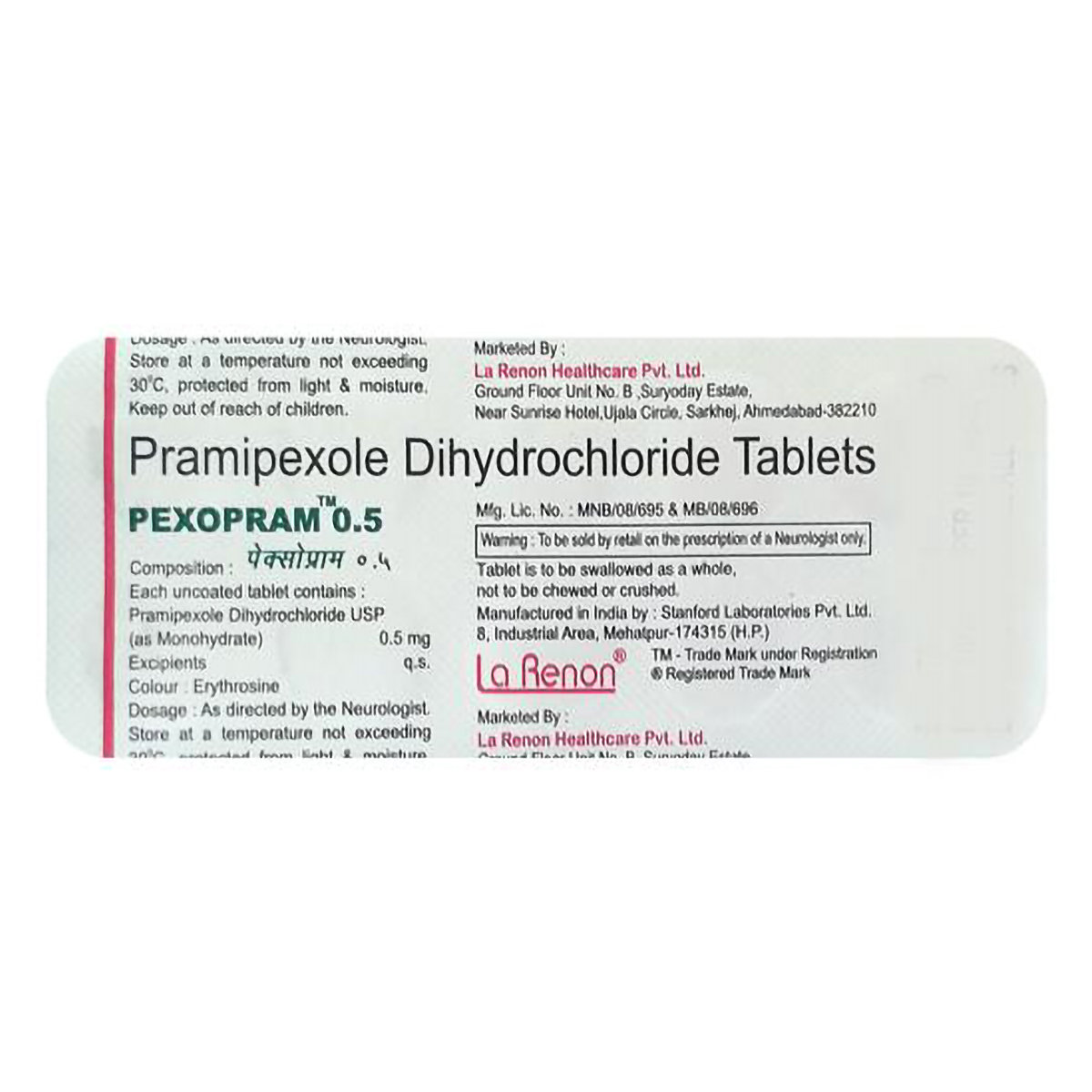

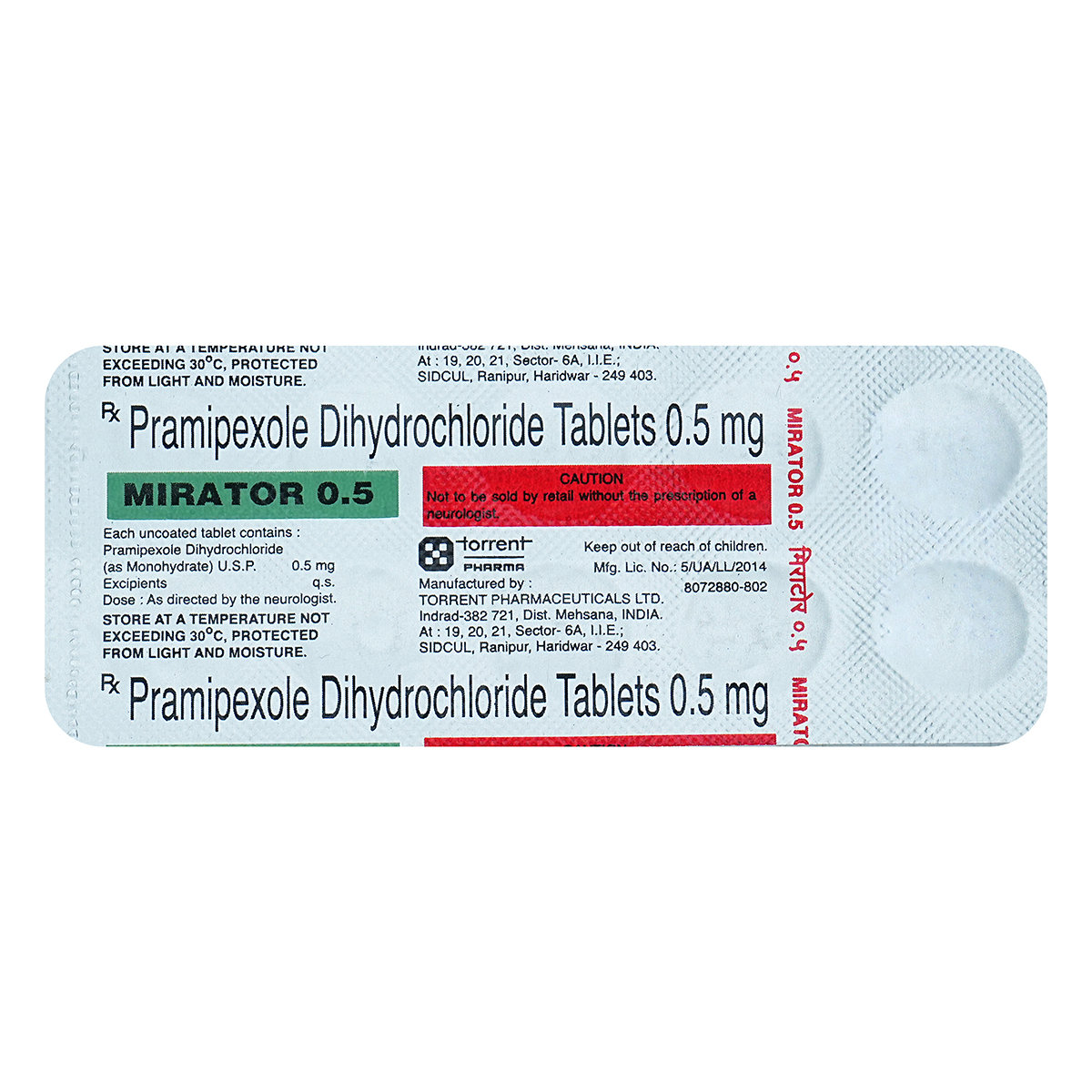
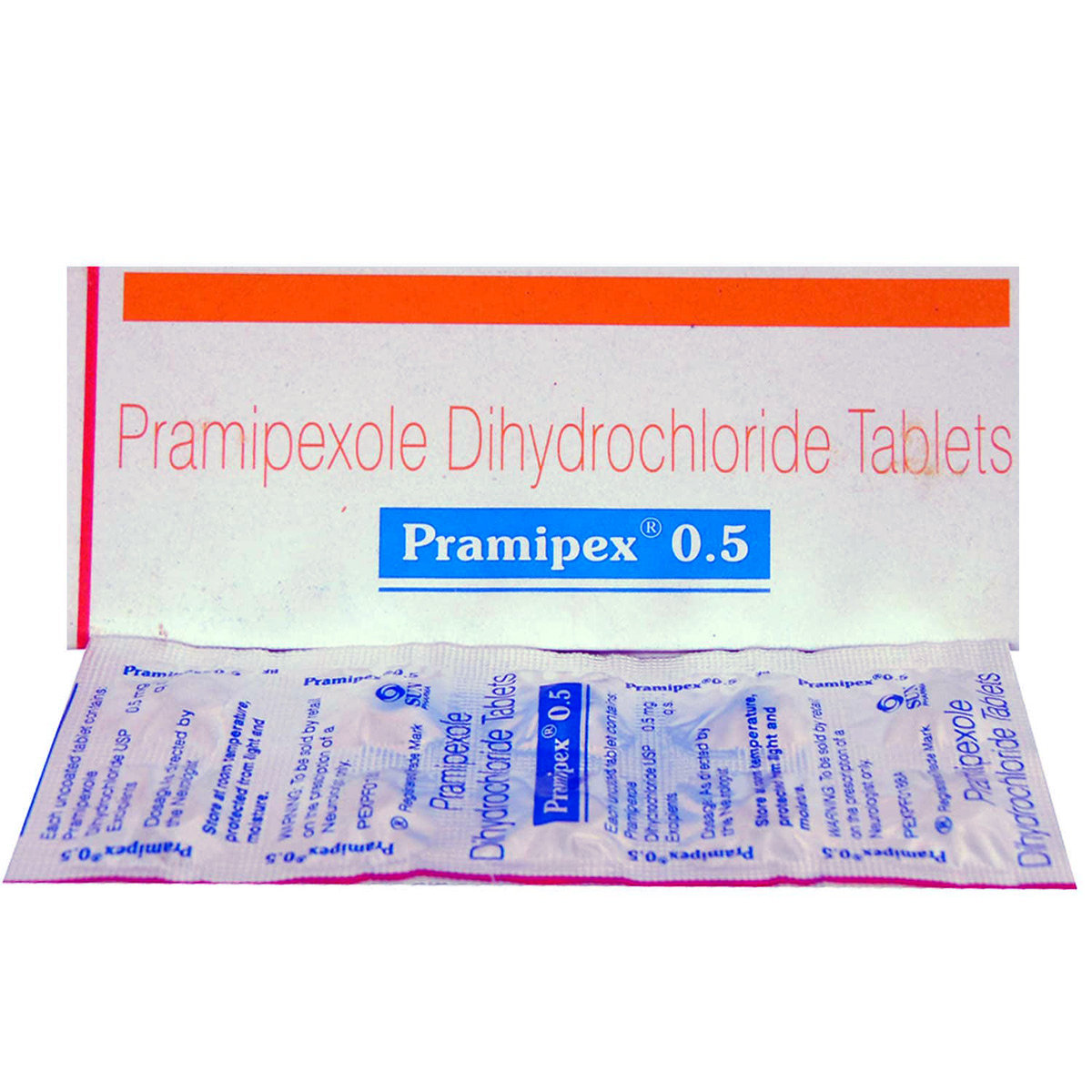
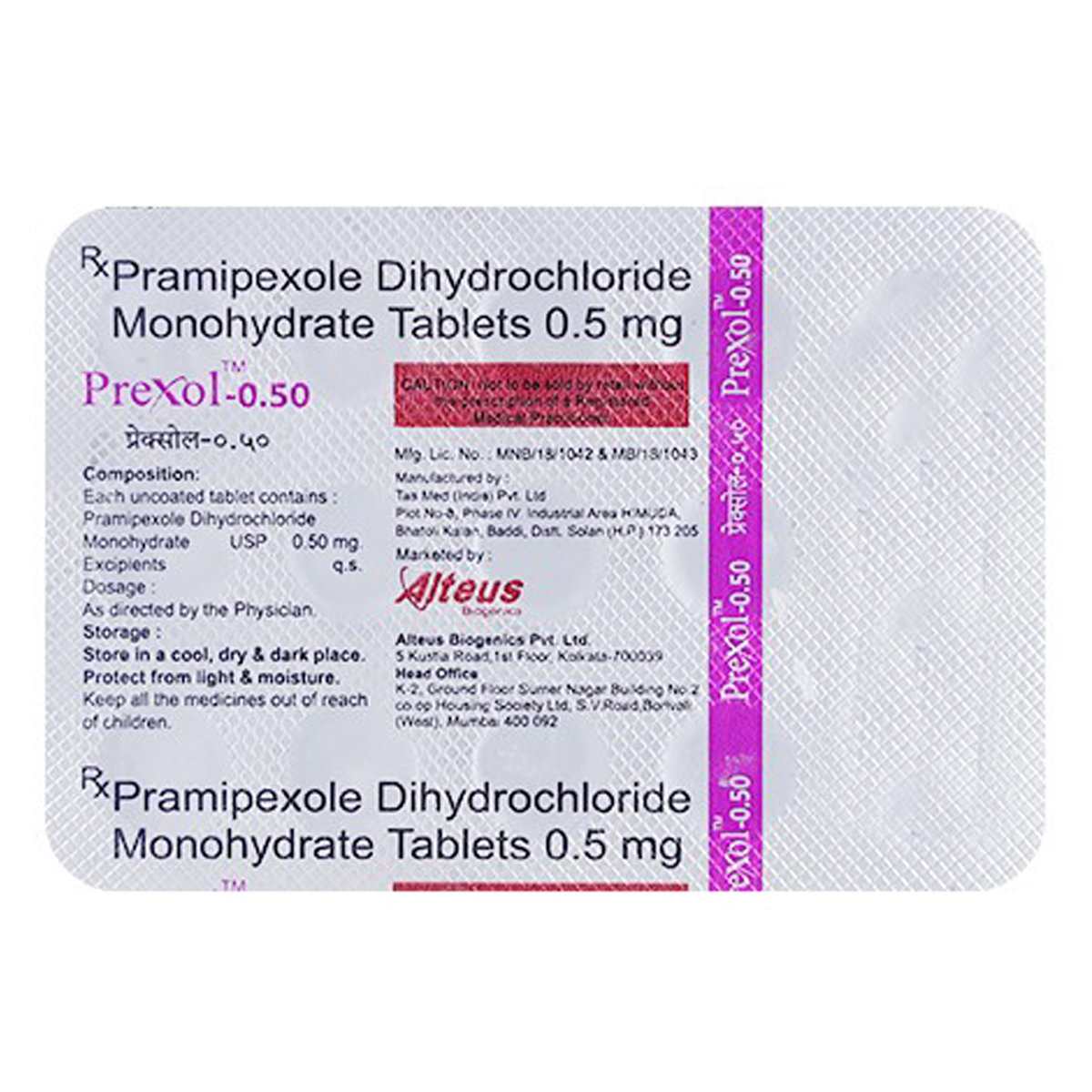
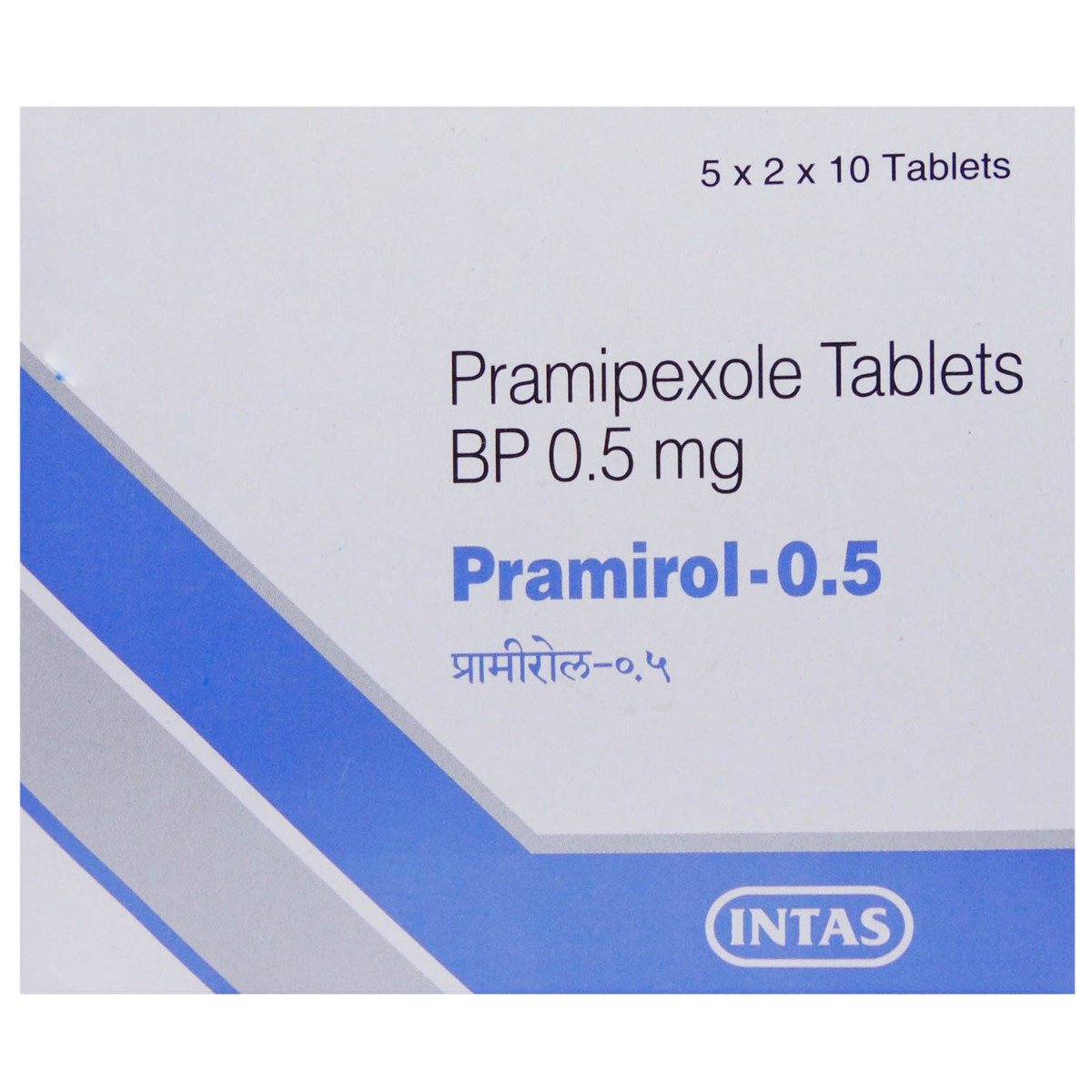

_0.jpg?tr=q-85)

